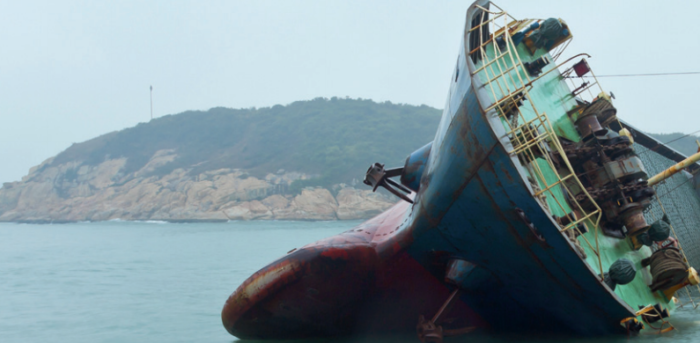In its Monthly Safety Scenario for October, the Swedish P&I Club presents a case of ship grounding, discussing what can happen when someone communicates in a language that is not understood by everybody onboard.
The incident
The vessel was sailing in a South American river bound for its next port. The Master and the 3rd officer, who was the OOW, were on the bridge. It was evening, so it was dark outside. An AB was hand steering as per the pilot’s orders.
The port pilot had disembarked and the river pilot embarked. The port pilot had done a handover to the river pilot in Spanish. The pilot was communicating on the VHF with the VTS in Spanish and had the conn. He did not clarify for the Master what he had said and the Master didn’t ask him.
The OOW was in the cockpit and was monitoring the ECDIS and radar. There was some current in the river. The vessel was on a SE course and the current was setting south at about 1.5 knots. The engine was set to slow ahead, and the vessel was maintaining a speed of 8 knots.
As the river turned east a major alteration of about 50° was coming up. As per the passage plan and planned rate of turn the pilot overshot. The Master had not discussed this alteration with the pilot so he was not aware of the pilot’s plan. Neither the OOW or Master voiced their concerns as the pilot overshot the planned alteration, as they assumed that the pilot had a better plan.
The pilot was talking Spanish with the VTS and then ordered port 20°. The vessel started to come around slowly, and the entire vessel shuddered and slowed down until it finally stopped. When the Master realised that the vessel was aground he stopped the engines. The ECDIS showed the vessel was south of the fairway. The seabed was mud. The pilot reported in Spanish to the VTS that the vessel was aground.
The Master tried to refloat the vessel through engine power several times, but it was not successful. The vessel had grounded on the forward part, so the Master ballasted the vessel on the stern and deballasted the bow to try to get the bow off the seabed.
The next day, a local tug was hired to try help drag the vessel off the seabed. The crew sounded all the tanks and no water ingress was found or pollution, as all the tanks were intact. Two days later, the vessel was finally refloated and went to anchor. A class inspector came onboard and the vessel was allowed to sail to the next port. The vessel had to drydock to do proper repairs to the hull.
The Club cited 14 questions to consider with respect to this incident:
- What were the immediate causes of this accident?
- Is there a risk that this kind of accident could happen on our vessel?
- How could this accident have been prevented?
- What are our procedures when a pilot is speaking in the local language and not English?
- How is the current and other weather monitored and voiced to the entire bridge team (including the pilot)?
- Do we have procedures for refloating?
- At what stage would we inform our H&M and P&I insurer?
- Do we contact class if the vessel runs aground?
- Do we have an Emergency response contract with a class society?
- What sections of our SMS would have been breached if any?
- Does our SMS address these risks?
- How could we improve our SMS to address these issues?
- What do you think was the root cause of this accident?
- Is there any kind of training that we should do that addresses these issues?
Issues to consider
- As soon as a vessel runs aground the Club need to be informed.
- It is not advisable to try to refloat the vessel without consulting the Club and class for advice.
- If the owner has a contract with class emergency response services, they should be contacted as soon as possible to help and evaluate the situation.




























































